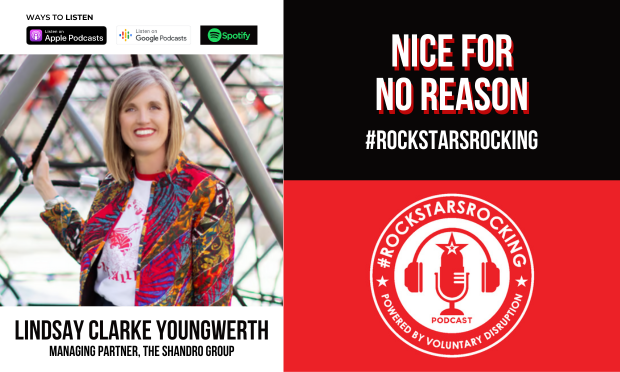Here are four questions and answers that can mean the differencebetween won business and lost business.
|1. How (much) do you get paid? Traditionally,it has been a combination of commission and bonus. Underthis model, we made more as rates went up, which showed a failureto manage costs, and reduced incentive to utilize cost containmentstrategies. At our agency, we offer a shared savings model, inwhich the more we reduce costs, the more we get paid. In thisscenario, a real win-win is presented to the client, and anythoughts of impropriety should be resolved. As risky as this modelsounds, it can also bring the biggest rewards.
|2. How does our plan compare and what can be done tocontrol costs? We are starting to benchmark more than justdeductible, co-pay, and out of pocket. Plan costs can be far moretelling and impactful. Insurance costs are driven by medical costs,and for a long time, wellness programs were seen asthe panacea to this problem. But since more than 70 percent ofbusinesses have a wellness program, and most are not happy with theresults, other strategies need to be brought to bear. At ouragency, this means some powerful new cost and quality transparencytools, enhanced pharmacy management and deeper employee educationand decision support
|3. What kind of online tools and HR technology do you provide orsupport? Supporting in-house personnel is becominginherent. Approaches vary, but they all serve one common result:solving real HR problems and supporting education and decisionmaking. We invested tremendous resources into the software weprovide, and our in-house personnel allows for four-hour turnaroundtimes on open enrollment and site setup. While agencies offeringsuch systems are becoming less unique, the differentiator isbecoming how well you can support the setup and ongoing management.Are you familiar enough with the systems you use to be put to thetest by a more sophisticated employer?
|4. Are we meeting our fiduciary responsibility toparticipants? While these changes may create additionalresponsibilities, let's not lose sight of the fact that mostemployers were not meeting their responsibilities even prior tothis change. Most think managing ERISA responsibility involvesdistributing updated documents and filing a 5500 when required, butthat alone is not satisfying an employer's fiduciaryresponsibility. The primary effort must be protecting plan assetsand making sure all decisions are for the benefit of theparticipants. The same rules that require 401(k)s to reviewinvestments, charges and suitability, apply to the health plan. Soare all claims being audited to ensure there are no fraudulentcharges, charges for services not rendered or not needed, and thata reasonable price has been paid for the legitimate ones? I arguethat practically every plan overpays for services every day.
Complete your profile to continue reading and get FREE access to BenefitsPRO, part of your ALM digital membership.
Your access to unlimited BenefitsPRO content isn’t changing.
Once you are an ALM digital member, you’ll receive:
- Critical BenefitsPRO information including cutting edge post-reform success strategies, access to educational webcasts and videos, resources from industry leaders, and informative Newsletters.
- Exclusive discounts on ALM, BenefitsPRO magazine and BenefitsPRO.com events
- Access to other award-winning ALM websites including ThinkAdvisor.com and Law.com
Already have an account? Sign In
© 2024 ALM Global, LLC, All Rights Reserved. Request academic re-use from www.copyright.com. All other uses, submit a request to [email protected]. For more information visit Asset & Logo Licensing.








